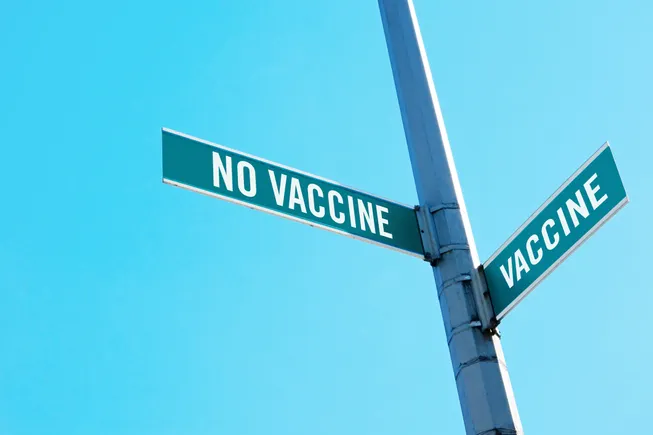Janet Woodcock announced that the agency would be taking a more proactive approach to ensure equitable access to COVID vaccines, including ensuring that vaccines are reaching underserved communities and populations at higher risk for severe illness from COVID-19.
These developments signal a shift in the landscape of the COVID vaccine market, with potential implications for manufacturers, healthcare providers, and patients alike. Companies may need to reassess their vaccine development programs in light of changing government recommendations and regulatory restrictions. Patients may face increased challenges in accessing vaccines, particularly if insurers decide not to cover them for certain populations.
Overall, the evolving situation surrounding COVID vaccines highlights the complexities of public health decision-making in the face of a rapidly changing pandemic landscape. As new data emerges and scientific understanding of COVID-19 continues to evolve, stakeholders will need to adapt and respond to ensure that vaccines are accessible and effective for all who need them.
The CDC’s Advisory Committee on Immunization Practices has come under fire recently, with Dr. Marty Makary calling it a “kangaroo court” that rubber stamps “every single vaccine put in front of them.” This criticism comes at a time when the Department of State’s 2026 budget request is eliminating funding for programs that do not directly impact American safety, such as family planning, reproductive health, neglected tropical diseases, and non-emergency nutrition. Additionally, funding for Gavi, the Vaccine Alliance, a key organization in increasing global access to vaccines, is also being left out of the budget.
In a recent proposal, Kennedy suggested requiring placebo testing for all new vaccines, a move that could potentially add burdensome restrictions to drug development. This uncertain landscape has left vaccine manufacturers in a state of flux, with many reevaluating their programs in light of these changes. Moderna, for example, has already adjusted its pipeline, adding a mid-stage oncology candidate while deprioritizing its flu/COVID combination vaccine for adults aged 18-49.
Industry experts like Roffman anticipate further shifts in the market in the coming months, especially as the fall vaccination season approaches. The impact of these changes is yet to be fully realized, but Roffman believes that more announcements are on the horizon.
As we navigate through these changes in the vaccination landscape, it is crucial to stay informed and adapt to the evolving circumstances. Stay tuned for more updates on how these developments will shape the future of vaccine development and distribution.


